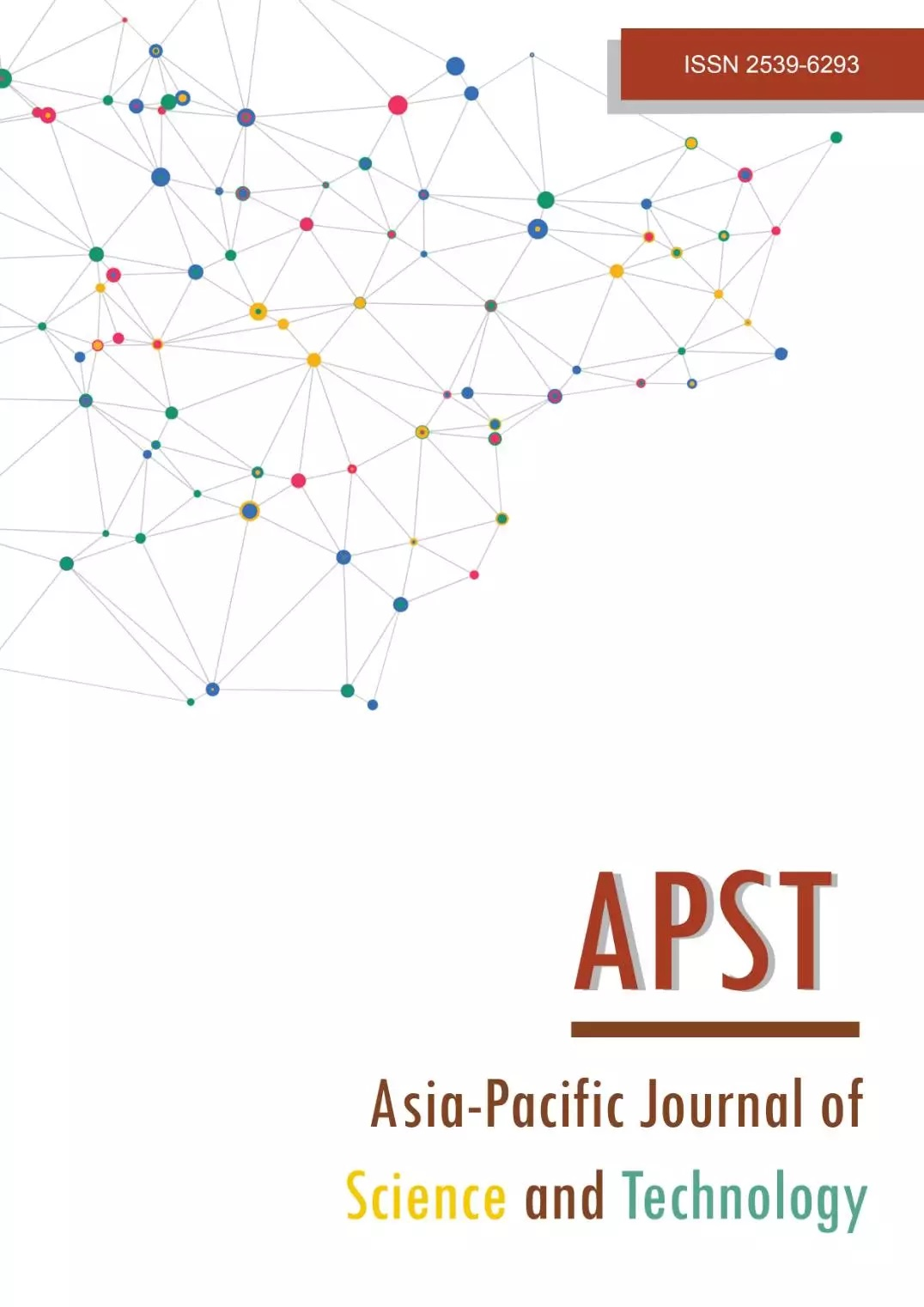Assessing the positional accuracy and adequacy of the Nigerian GNSS reference network
Main Article Content
Abstract
The availability of continuously operating reference stations (CORS) has revolutionized the realization of geodetic datum with a shift from the conventional ground survey methods to modern positioning techniques. CORS are network of reference stations that continuously provide Global Navigation Satellite Systems (GNSS) data for accurate positioning. The Nigerian GNSS reference network (NIGNET) is a network of CORS that forms an integral part of Nigeria’s geodetic infrastructure and the geodetic reference frame of Africa. As a component of the African geodetic reference frame (AFREF), it has become necessary to evaluate the positional accuracy of the data obtained from NIGNET. This study utilised the GNSS analysis and positioning software (GAPS) to determine the three-dimensional coordinates of the NIGNET stations between 2011 and 2016. The accuracy of the coordinates was evaluated against an international GNSS service (IGS) station BJCO located in Cotonou, Benin Republic. In the analysis, NIGNET showed comparable results with (BJCO) based on the computed accuracy statistics such as the standard error of mean (SEM) - BJCO (SEMX = 0.33mm; SEMY = 0.91mm; SEMZ = 0.78mm) and NIGNET (SEMX = 0.59mm; SEMY = 0.91mm; SEMZ = 0.80mm). This result signifies a high level of accuracy for NIGNET and shows that BJCO did not significantly outperform it. In conclusion, the position accuracy of NIGNET meets the international standards. However, the network adequacy is quite deficient. This poses a great challenge to the mandate of AFREF. It is therefore recommended that the Nigerian government should step up the maintenance of NIGNET in order not to compromise this mandate.
Article Details
References
Ayodele EG, Okolie CJ, Ezeigbo CU, Fajemirokun FA. Evaluation of continuously operating reference stations (CORS) data for the definition of Nigerian geodetic reference frame. Proceedings of Nigerian Association of Geodesy General Assembly/Conference;2017 24-27 Oct;Rivers State,Nigeria. Enugu:Nigerian Publishers Association. p1-23.
Schwieger V, Lilje M, Sarib R. GNSS CORS - Reference frames and services.2009:1-21.
Iyiola F, Ogundele R, Oluwadare C, Kufoniyi O. Integrity check on ground control points using NIGNET’s continuously operating reference stations.2013:1-13.
Hale MJ, Collier PA, Kealy AM, Ramm PJ, Millner JC. Validating a model for CORS network management. International global navigation satellite systems society symposium, 17-21 Jul 2006, Australia;2006.14p.
Burns D, Sarib R. Standards and Practices for GNSS CORS Infrastructure, Networks, Techniques and Applications, FIG Congress, Sydney, Australia; 2010. 16p.
P.C.O.G., ICSM. Guideline for continuously operating reference stations 2nd ed. Canberra, Australia: Creative Commons Corporation; 2014.
Mcelroy S. Document control sheet. In:Kinlyside D. Guidelines for CORSnet-NSW continuously operating reference stations (CORS). New South Wales: Land and Property Information;2012.p.1-84
Rizos C. Multi-constellation GNSS/ RNSS from the perspective of high accuracy users in Australia. J Spat Sci. 2008;53(2):29-63.
Igs.org[Internet]. California: IGS International GNSS Service; c1994-2020 [updated 2013 Apr; cited 2017 Nov 8]. Available from:https://kb.igs.org/hc/en-us/articles/203840328-Site-Guidelines-Clarifications
Igs.org[Internet]. California: IGS International GNSS Service; c1994-2020 [updated 2015 Jul; cited 2017 Nov 8]. Available from:https://kb.igs.org/hc/en-us/articles/202011433-Current-IGS-Site-Guidelines
Rwiza KM [Internet]. Nairobi: regional centre for mapping of resources for development; c1975[cited 2019 Mar 15]. Available from:https://www.rcmrd.org/newletters?download=7:15-afref-newsletter-no-15a.
Wonnacott R. 1st AFREF technical workshop. Technical report. Cape Town, South Africa:UNECA CODI-Geo AFREF steering committee;2006 Jul. Report No.:1
Nwilo PC, Dodo JD, Edozie RU, Adebomehin A. The Nigerian geocentric datum (NGD2012): preliminary results. 2013:1-16.
OSGOF. Report on NIGNET GNSS Data Processing, 2010-2011. Abuja: the Office of the Surveyor General of the Federation (OSGOF); 2012.
Ayodele EG, Okolie CJ, Ezeigbo CU, Fajemirokun FA. Evaluation the stability and adequacy of NIGNET for the definition of Nigerian geodetic reference frame. Niger J Technol Dev. .2020:17(1);1-12.
Leandro RF, Santos MC, Langley RB. GAPS: the GPS analysis and positioning software-a brief overview. 2007;1807-1811.
Urquhart L, Santos MC, Garcia CA, Langley RB, Leandro RF. Global assessment of UNB’s online precise point positioning software. 2014;585-589.
Leandro RF, Santos MC, Langley RB. Analysing GNSS data in precise point positioning software”, GPS solutions. 2010;15(1):1-13.
Crawley MJ. Statistics: an introduction using R. 2nd ed. West Sussex: John Wiley and Sons Ltd; 2005.
Janssen V. Precision rules! How to establish an AusCORS site. Geography.2009;44:64-66.
Igs.org[Internet]. California: IGS International GNSS Service; c1994-2020 [updated 2017 Oct 8;cited 2017 Nov 8]. Available from:http://www.igs.org/network
Ayodele EG, Okolie CJ, Mayaki AO. An assessment of the reliability of the NIGNET data. Nigerian J Envir Sci Tech. 2019;3(1):18-29.


